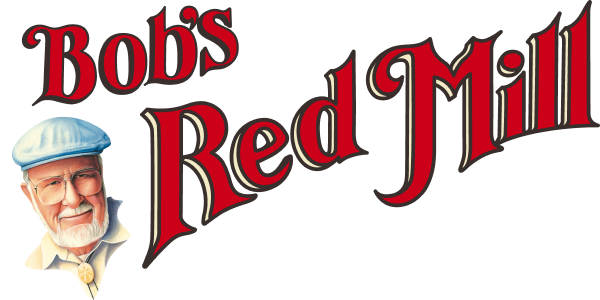
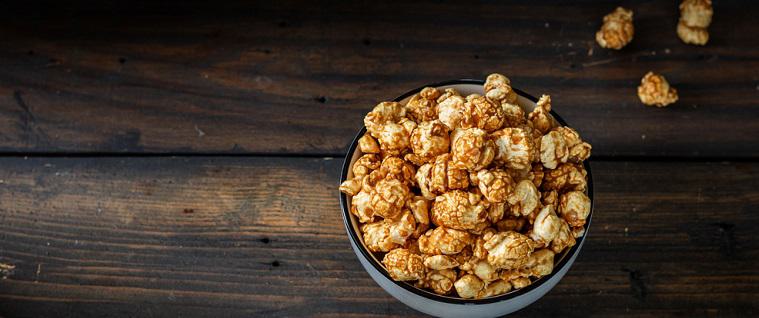

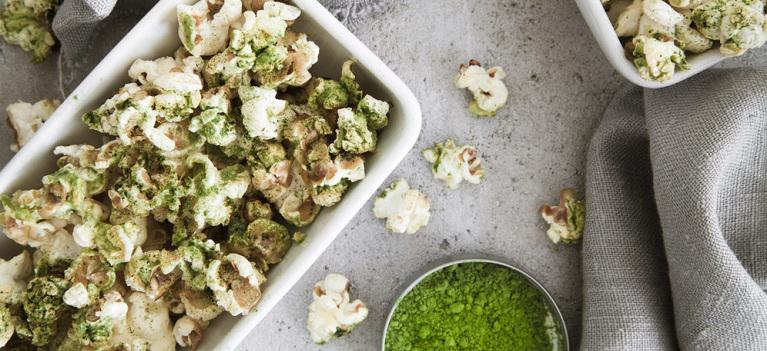 Air-popped popcorn is a low-fat food. That being said, most of the fats found in popcorn and monounsaturated fats and polyunsaturated fats, aka the healthy kind of fats.
This does not apply to pre-packaged popcorn that is mixed with hydrogenated oils and additives. Most of these oils contain unhealthy transfers that can harm your health. To ensure that your popcorn is as healthy as can be, air pop or stove pop it yourself at home.
Air-popped popcorn is a low-fat food. That being said, most of the fats found in popcorn and monounsaturated fats and polyunsaturated fats, aka the healthy kind of fats.
This does not apply to pre-packaged popcorn that is mixed with hydrogenated oils and additives. Most of these oils contain unhealthy transfers that can harm your health. To ensure that your popcorn is as healthy as can be, air pop or stove pop it yourself at home.
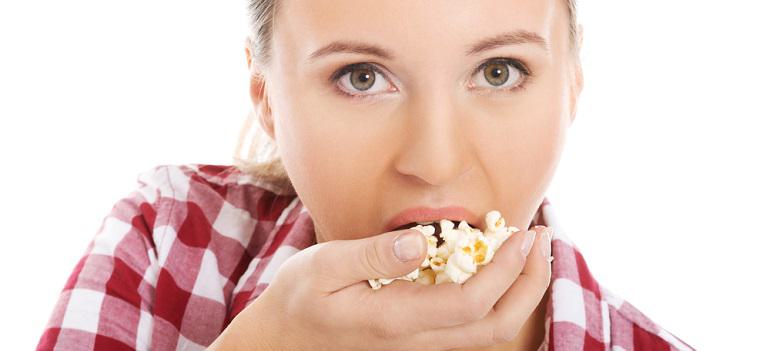 If you're sticking to a low-calorie diet, yellow popcorn is the choice for you. While the calorie difference isn't drastic, yellow popcorn does contain fewer calories than white. Additionally, the extra fiber will help fill you up quicker, which in return will require you to eat less popcorn to be satisfied.
If you're sticking to a low-calorie diet, yellow popcorn is the choice for you. While the calorie difference isn't drastic, yellow popcorn does contain fewer calories than white. Additionally, the extra fiber will help fill you up quicker, which in return will require you to eat less popcorn to be satisfied.
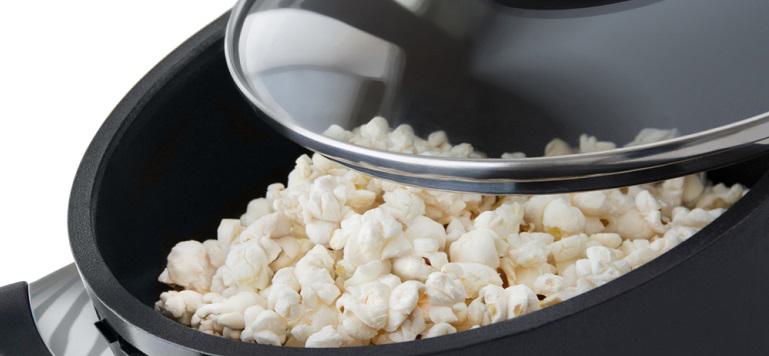 When it comes to oils, choosing the right one is key to creating a healthy bowl of popcorn. While making your popcorn, you'll want to steer clear of unhealthy oils like canola oil, and instead opt for more healthy fats like coconut oil or olive oil. Using these oils will help add nutrients to your popcorn while also producing that excellent movie theater flavor that works so well.
When it comes to oils, choosing the right one is key to creating a healthy bowl of popcorn. While making your popcorn, you'll want to steer clear of unhealthy oils like canola oil, and instead opt for more healthy fats like coconut oil or olive oil. Using these oils will help add nutrients to your popcorn while also producing that excellent movie theater flavor that works so well.